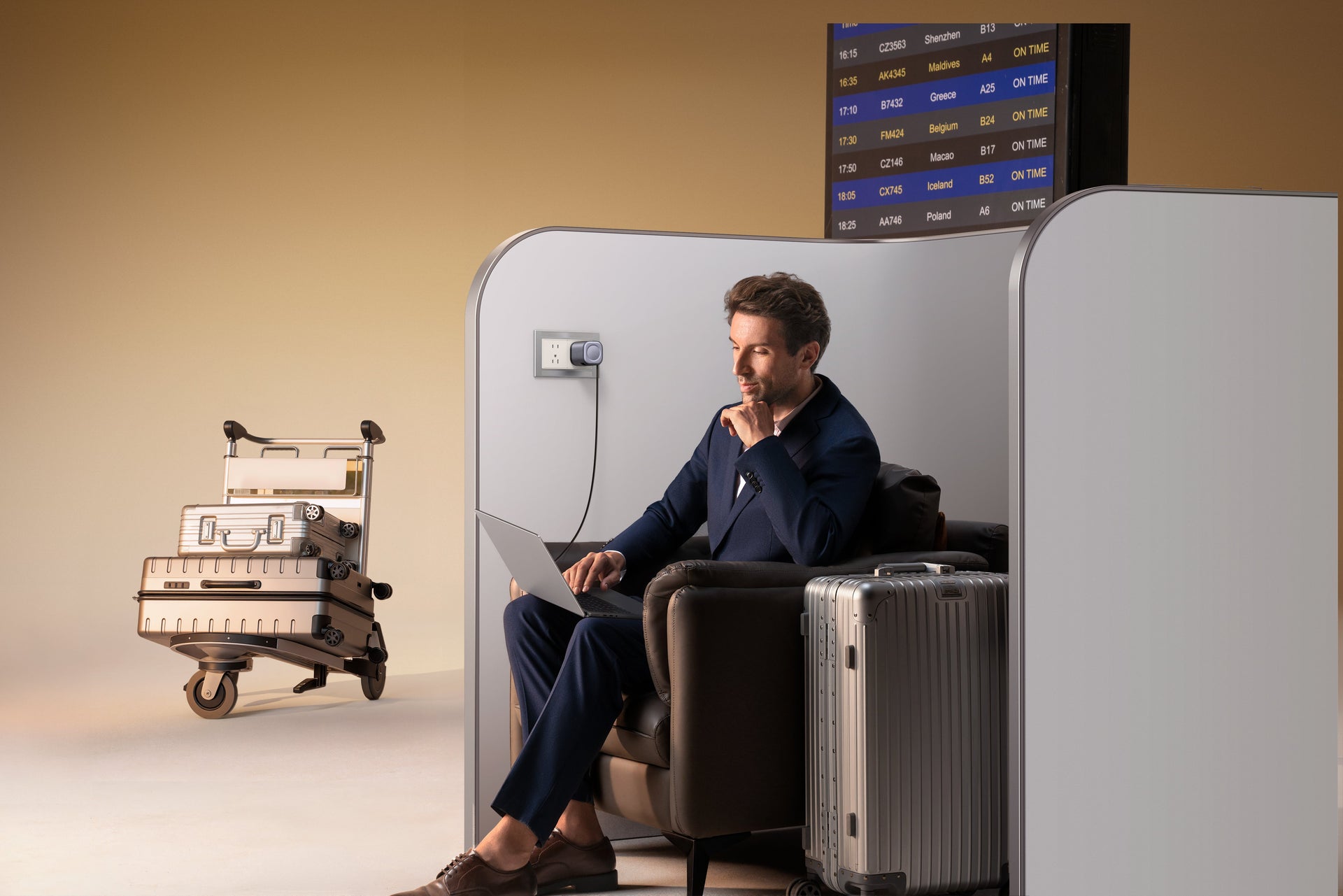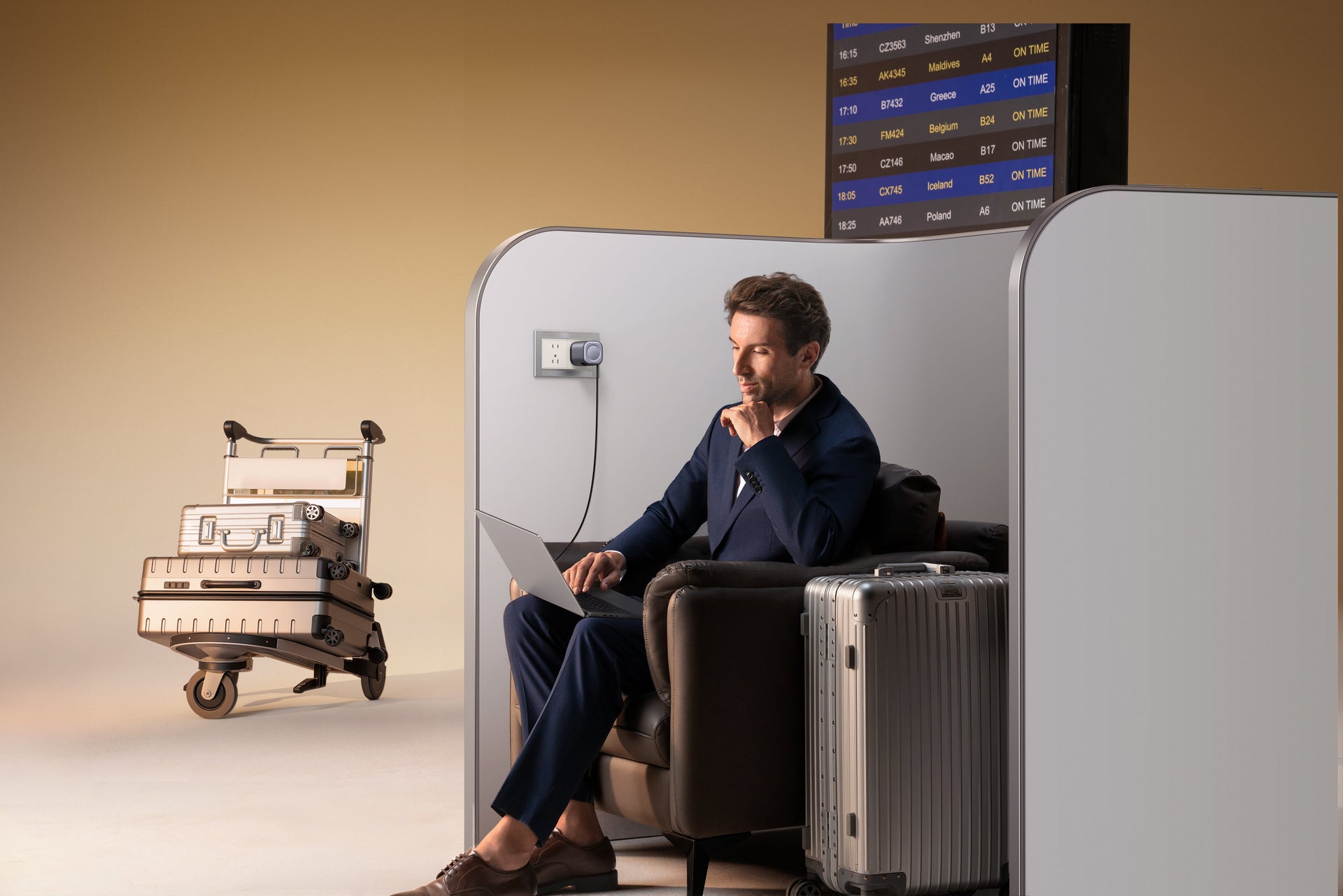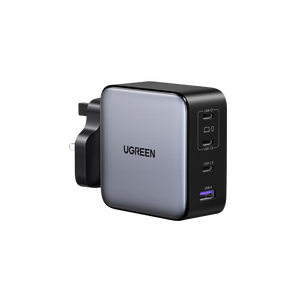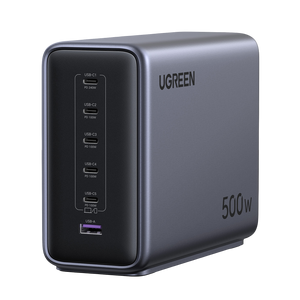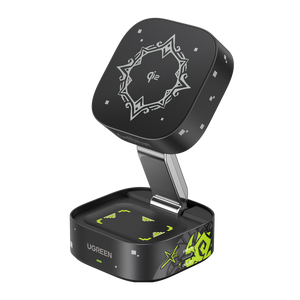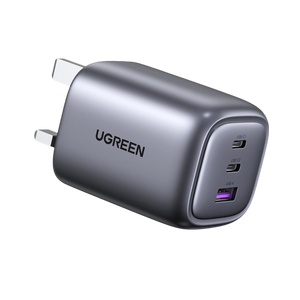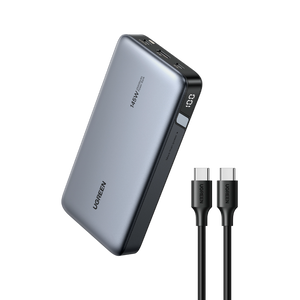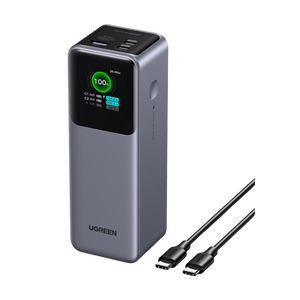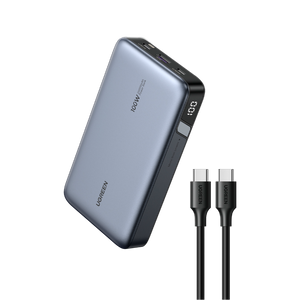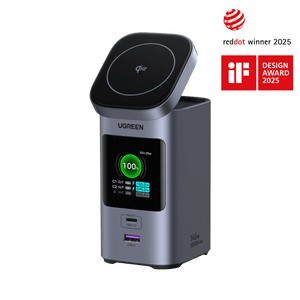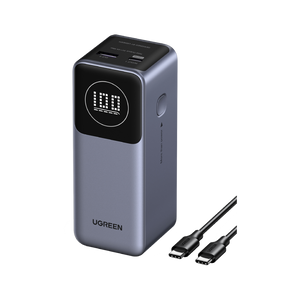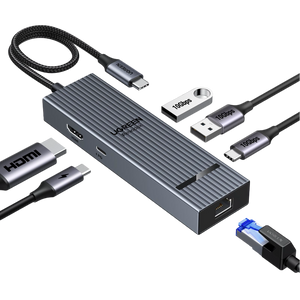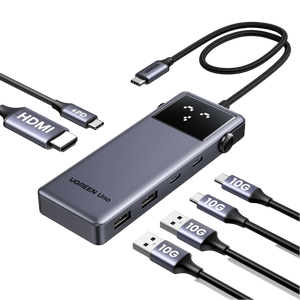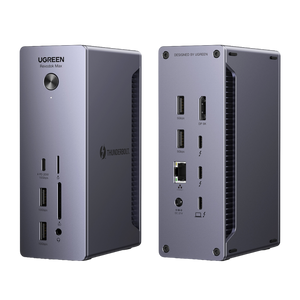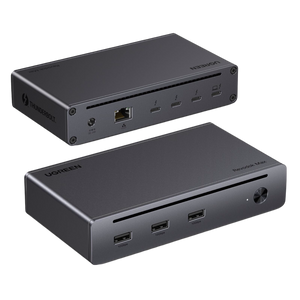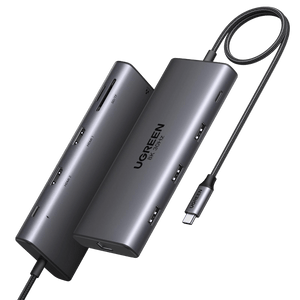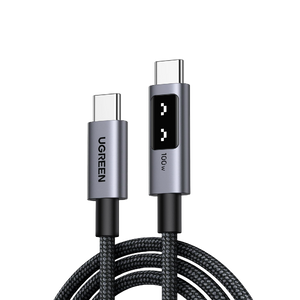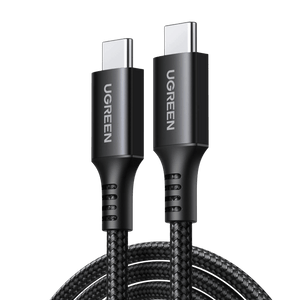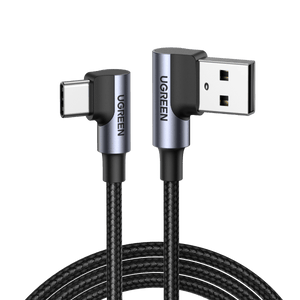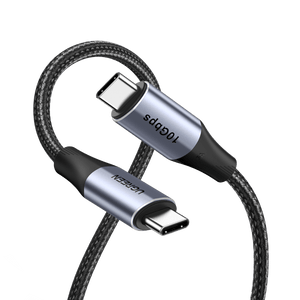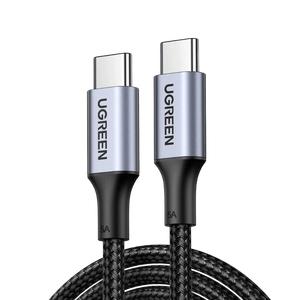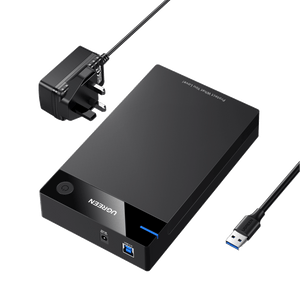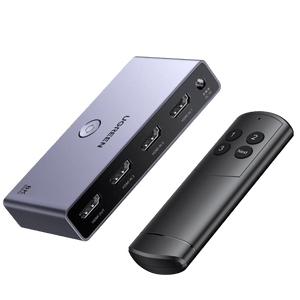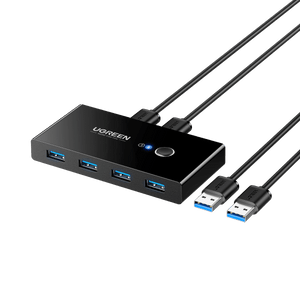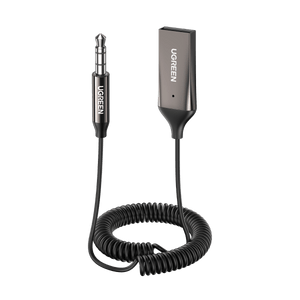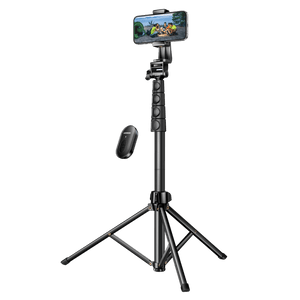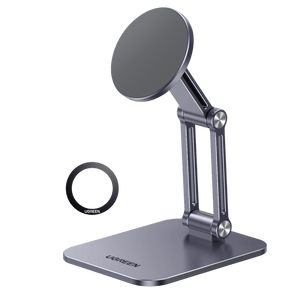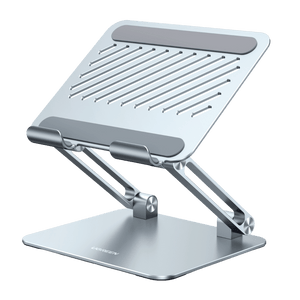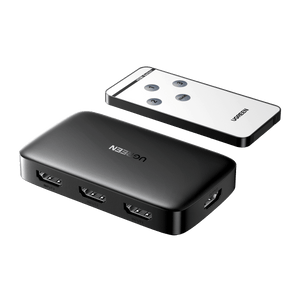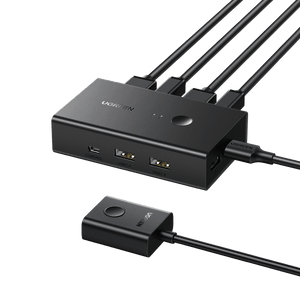Travel Charger vs Travel Adapter: What's the Difference (and Which Do You Need?)
Before heading out for the airport, you probably check your passport, wallet, and tickets one last time. However, one thing most individuals don’t give much thought to when preparing for a trip abroad is how they will charge their electronic devices. That is, until they find themselves in a hotel room thousands of miles from home, staring at an alien-looking wall socket.
In that moment of frantic need, a crucial question that is sometimes phrased with a hint of uncertainty arises: “What is the difference between a travel charger and a travel adapter and which should I get?” They are two completely different things. These gadgets sound similar enough that many people buy one only to realise they were wrong when they’re back in their hotel room.
The confusion between these two pieces of gear is understandable, but the consequences of choosing the wrong one can range from mild frustration, such as a dead battery, to catastrophic failure of a fried device.
This guide is here to untangle the terminology once and for all, making sure you pack the right accessories for your next adventure.
What Is a Travel Charger?
A travel charger is exactly what it sounds like: a charger you take on the road. These are the USB or USB-C wall chargers that juice up your phone, tablet, laptop, or earbuds. The key thing that sets a travel charger apart from the standard one that came with your phone is its versatility; it is usually compact, powerful, and designed to charge multiple devices simultaneously.

Many modern travel chargers use GaN (gallium nitride) technology. This relatively new invention lets them pack serious wattage into surprisingly small bodies. You’ll also see features like Power Delivery (PD), Quick Charge (QC), or Programmable Power Supply (PPS), which enable fast charging across a range of devices, from MacBooks and iPhones to Android phones and even handheld gaming consoles.
But here’s the catch: most travel chargers come with a fixed plug shape. If it’s designed for Europe, it’ll have round prongs. If it’s for the UK, it’ll be bulkier with three rectangular pins. And unless the charger includes interchangeable plug heads (some do), you’ll still need a travel adapter to make it physically compatible with foreign outlets.
So, while a travel charger handles the electrical aspects of charging, such as converting power, managing voltage, and regulating speed, it doesn’t always solve the problem of incompatible plug shapes. That’s where adapters come in.
What is a Travel Adapter?
A travel adapter, in stark contrast to a charger, is a wonderfully simple device. It’s a purely mechanical bridge, a physical interpreter that does one job and one job only: it changes the shape of a plug so it can fit into a differently shaped socket. It doesn’t contain any complex electronics, it doesn’t convert voltage, and it doesn’t provide any power on its own. It is simply a passive go-between.
Let’s say you’re travelling from London to Paris or Munich. Your UK plug (Type G) won’t fit into the Type C or Type E/F outlets used across much of continental Europe. That’s where a travel adapter comes in. It changes the shape of your plug so it fits into any outlet, but it doesn’t transform the electricity that comes through.

Image source: https://blog.flysepehran.com/
It’s important to understand this: a travel adapter does not convert voltage. It merely allows your existing charger, the one designed for your phone, laptop, or camera, to connect to a different type of wall plug physically.
What Is the Difference Between a Travel Charger and a Travel Adapter?
The most notable distinctions are highlighted in this table:
| Feature | Travel Charger | Travel Adapter |
|---|---|---|
| Function Type | Provides power and charges devices. | Only changes plug shape. |
| Power Supply Capability | Yes | No |
| Voltage Conversion | Usually supports global voltage (100–240V). | No (voltage converter needed separately). |
| Fast Charging Support | Supports PD/QC/PPS fast charging protocols. | Not supported. |
Do You Need a Travel Adapter, a Travel Charger, or Both?
So, what should you pack? The answer depends on what you already own and where you’re going. Let’s break it down with a simple decision guide.
1. Does your device support global voltage (100–240V)?
Most modern laptops, phones, and USB-C chargers are designed to handle global voltage ranges, typically between 100V and 240V. However, it’s still important to double-check the charger’s label. Look for a line that reads “Input: 100–240V, 50–60Hz.” If your charger supports this, you’ll only need a travel adapter to match the plug shape of your destination.
On the other hand, if your charger or device doesn’t support global voltage, or if you’re unsure, it’s safer to bring a travel charger that includes built-in voltage compatibility. This is especially important for older electronics or appliances that might not tolerate voltage differences and could be damaged without proper conversion.
2. Do you already have a fast, compact USB-C charger?
If your current charger supports PD or GaN tech (like the UGREEN Nexode series), you might only need an adapter to make it travel-ready. However, if your charger is bulky, slow, or has limited ports, a dedicated travel charger may be a better option.
3. Do you value portability and fewer cables?
If space is tight or you prefer an all-in-one solution, consider a modern travel charger with multiple ports or one that includes a built-in cable, which can simplify your packing list.
4. Are you visiting multiple countries with different plug types?
If so, a standalone adapter might not be sufficient. In that case, you might be better off opting for a travel charging kit that includes plug modules for various regions, such as the UGREEN Nexode Travel Kit.
Smart Travel Charging Made Easy: Two UGREEN Solutions Worth Packing
Moving from theory to practice, here are two thoughtfully designed products that address these exact travel needs, showing how the right gear can simplify your journey.
For the Minimalist Traveller: UGREEN Nexode 65W Charger with Retractable USB-C Cable
If your travel style leans toward simplicity and efficiency, this charger was made for you. Its standout feature, a built-in retractable USB-C cable, means one less cable to pack, tangle, or forget. Just pull, plug, and power up. Whether you’re catching a flight or heading to a local café, having the cable integrated streamlines your setup and lightens your load.

But minimal doesn’t mean limited. With additional USB-C and USB-A ports, this compact charger can still power multiple devices at once, from your laptop to your phone and wireless earbuds. It’s an all-in-one solution for travelers who prefer to carry less, but still expect fast, reliable charging across the board.
{{UGPRODUCT}}
Travel Adapter + Charger in One: UGREEN Nexode 65W GaN Travel Charger 3-Ports
For the globetrotting traveller, this is the ultimate all-in-one solution. The UGREEN Nexode 65W GaN Travel Charger is, first and foremost, a powerful 65W GaN charger featuring one USB-A port and two USB-C ports, capable of charging a MacBook Pro to 100% in under 2 hours.

Yet it also doubles as a seamless adapter. It includes interchangeable U.S., UK, and EU plug modules, removing the need to carry a separate travel adapter.
The design is more robust, safer, and covers over 150 countries. It provides the brains of a fast charger and the physical compatibility of an adapter in one elegant package, complete with comprehensive safety features to safeguard your devices from short circuits or overloads.
If you’re planning multi-country travel, this all-in-one kit makes it easy to handle both charging and plug compatibility.
{{UGPRODUCT}}
Tips for Choosing the Right Travel Charging Gear
When assembling a travel charging kit for your adventures, it’s essential to recognise that not all chargers and adapters are created equal. Here are a few things to keep in mind before you board that flight:
- Choose GaN chip: When buying a new charger, always opt for one with GaN technology. GaN, short for Gallium Nitride, is a semiconductor material that has revolutionised chargers, allowing them to be significantly smaller, more energy-efficient, and run cooler than their bulky, old-silicon counterparts. For any traveler, the advantages of GaN chargers in size, weight, and efficiency are undeniable.
- Check for Compatibility: Before you buy, confirm the charger supports global voltage (100-240V) and that the adapter plugs you get match your destinations. A quick search for “plug type in [country]” will tell you what you need.
- Prioritise Multi-Ports and Power: Multi-port chargers and chargers with built-in cables are a traveller’s best friend. It helps reduce the number of chargers you need to pack. Aim for at least one USB-C port with 45W or more if you plan to charge a laptop.
- Don’t Skimp on Safety: Your expensive smartphone is worth more than the few dollars you might save on a cheap charger, so stick to reputable brands that carry verified safety certifications like CE, UL, or FCC. Uncertified chargers can come at what seems to be a bargain, but they pose a serious fire and safety risk.
Final Thoughts
So, are travel adapters and travel chargers the same thing? The ultimate difference between the two is this: one delivers power, the other just helps you plug in. It’s a simple distinction but a critical one when your phone’s dying, and you’re visiting a foreign territory.
FAQ about Travel Charging
Is a travel converter the same as a travel adapter?
No. An adapter only changes the plug shape. A converter modifies the electrical voltage. You only need a converter for single-voltage (e.g., 120V-only) appliances, like certain hair dryers and curling irons. Most modern electronics do not need a converter.
Can I make use of a travel adapter to charge my phone?
Not by itself. A travel adapter allows your phone's charger to fit the wall socket. Your charger still does the actual charging.
What happens if I don’t convert voltage when needed?
If you plug a single-voltage 120V device into a 230V outlet (even with an adapter), you will overload its circuitry. The best-case scenario is a blown fuse; the worst-case scenario is sparks, smoke, and a permanently destroyed device.
When do you need a travel adaptor?
When you have a charger with a fixed plug type, and you’re travelling out of the country. You don’t need it for much else if you have an adaptable charging kit with multiple plug modules like the UGREEN Nexode 3-port charger.
Are most phones and laptops dual-voltage?
Yes, virtually all modern phones, tablets, laptops, and camera chargers are dual-voltage. Check the label on your charger; if it says "100–240V," you're good to go with just an adapter.


